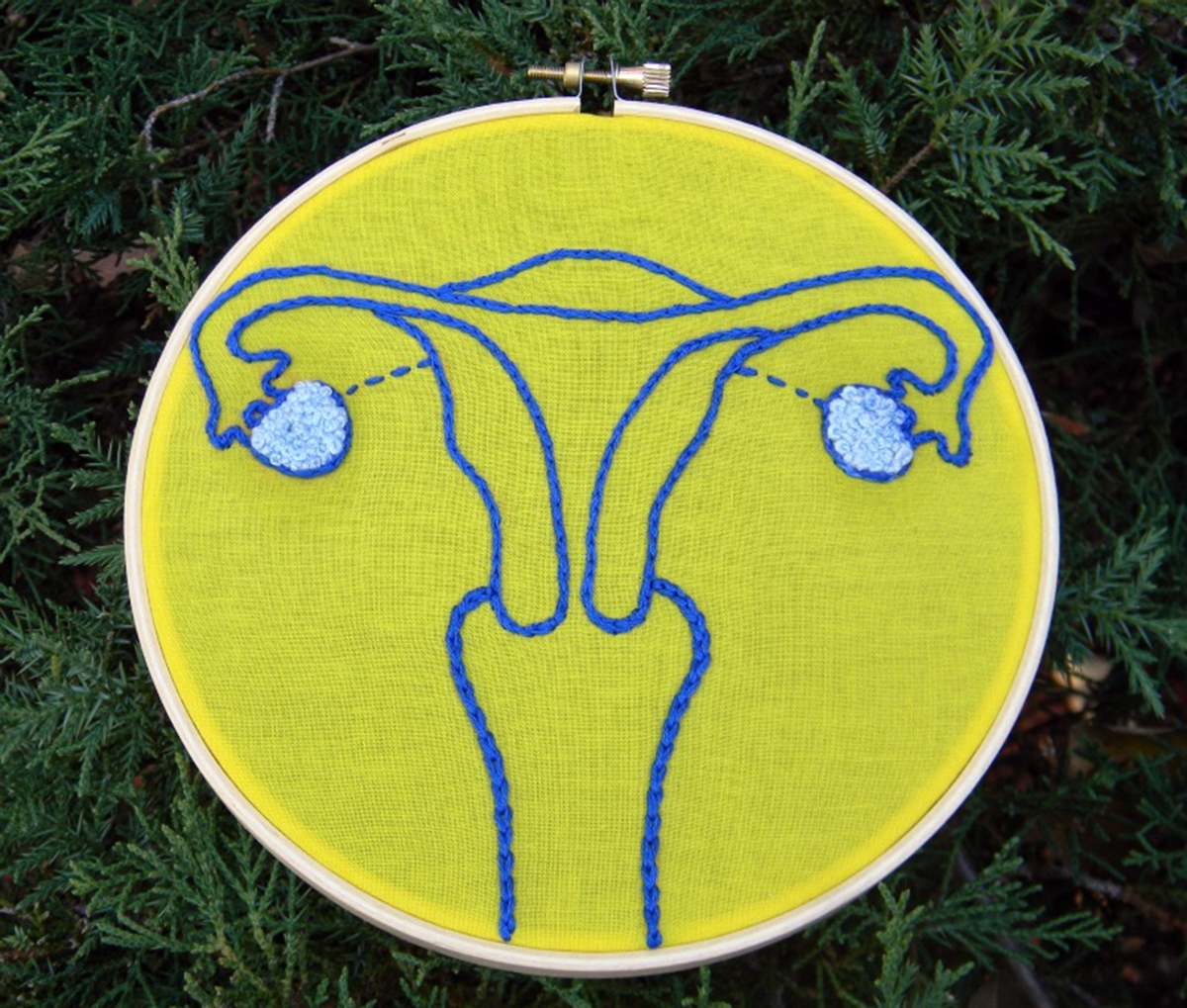Table of Contents
Risks Associated With the Transplant
Perhaps the biggest risk involves taking the immunosuppressant drugs for the term of the pregnancy. Every drug has side effects, and although researchers aren’t 100% positive on how they may affect the unborn child, there have been cases where women who have had other organs transplanted and been on immunosuppressants throughout pregnancy have delivered healthy babies.
Another serious risk is whether or not the woman’s body will reject the organ, even if they are on the immunosuppressant drugs. This could occur shortly after the transplant, or even after implantation of the embryos. For this reason the UK trial will require the participants to take the drugs for a year before attempting pregnancy.

Any type of surgical procedure carries a risk, and these risks can vary from the mild to the severe. Just the actual process of removing an organ such as the uterus, could result in serious risks to the donor’s health. Likewise with the woman receiving the uterus, there could be complications with anesthesia, or medications used during the surgery. The surgeries are long and complicated, and the woman receiving the transplant will need to have at least 3 operations.
Donor Complications
The research and trials that have been completed in other countries have involved donors that are living. In other words, the uterus came from a healthy, living woman. For the UK trial, they will be using the uterus donated by deceased women. This could have a major impact on the success of the trial, as the uterus may have suffered from the declining health of the person before death. However, if this type of donation is successful, it will mean the uterus transplants are more available.
Previous Trial Results
The first step in the process is to ensure both the male and female are fertile. At least 10 embryos need to be created and preserved, by IVF. Uterus donations were provided by close relatives of the woman who was to receive the transplant. When the uterus is removed for donation, it includes the veins and arteries. This is a complex procedure, and can take more than 10 hours to harvest the uterus.
The actual transplantation surgery takes up to 5 hours, followed for about a week in hospital. The immunosuppressants are started straight away, and if there are no problems after several months, the dosage is often reduced. After a whole year of monitoring, the embryos are then implanted. Similar to IVF treatment, not every implantation is successful, which is why the creation of 10 or more embryos is necessary. The babies are delivered by caesarian section, rather than by natural birth.
READ Swedish women receive donor uteruses from their moms!
Pros and Cons
If you are unable to have children, then this development may be available to you in the near future. Of course there are pros and cons just like any other type of procedure, and whether you choose to pursue this avenue once it is available will need to be discussed in depth with your physician. For many, the joy of being able to feel what it is like being pregnant, and subsequently delivering your own baby, will far outweigh any possible negatives.
- www.livescience.com/52359-womb-transplants-united-kingdom-ethics.html
- en.wikipedia.org/wiki/Uterus_transplantation
- Photo courtesy of hey__paul: www.flickr.com/photos/hey__paul/6274977310/
- Photo courtesy of hey__paul: www.flickr.com/photos/hey__paul/6274976688/
- Photo courtesy of hey__paul: www.flickr.com/photos/hey__paul/6274977310/


Your thoughts on this